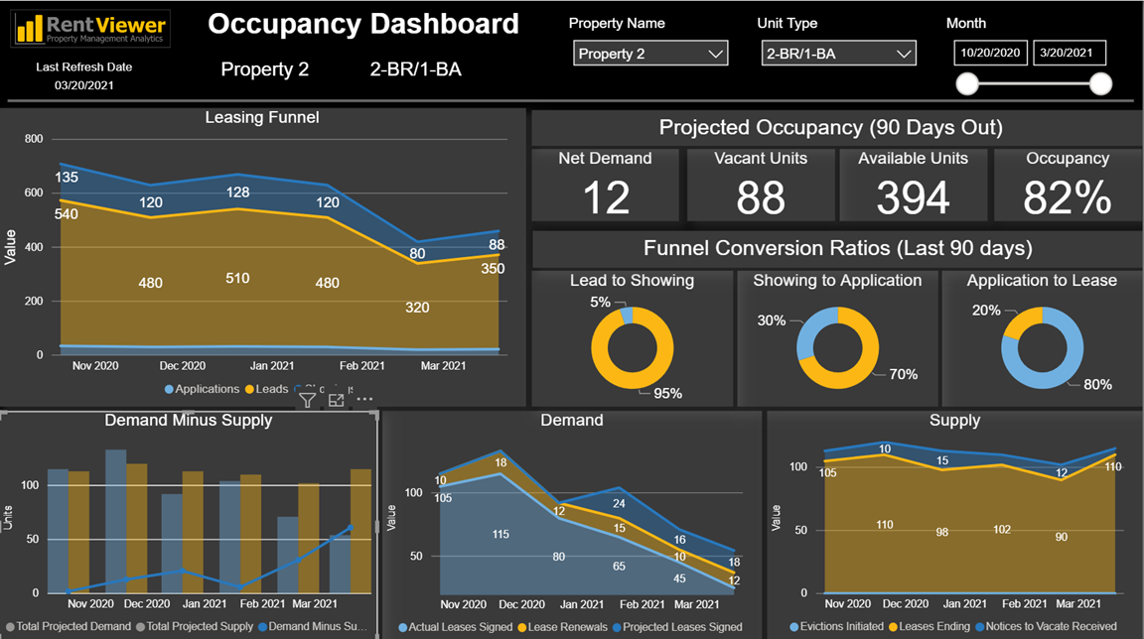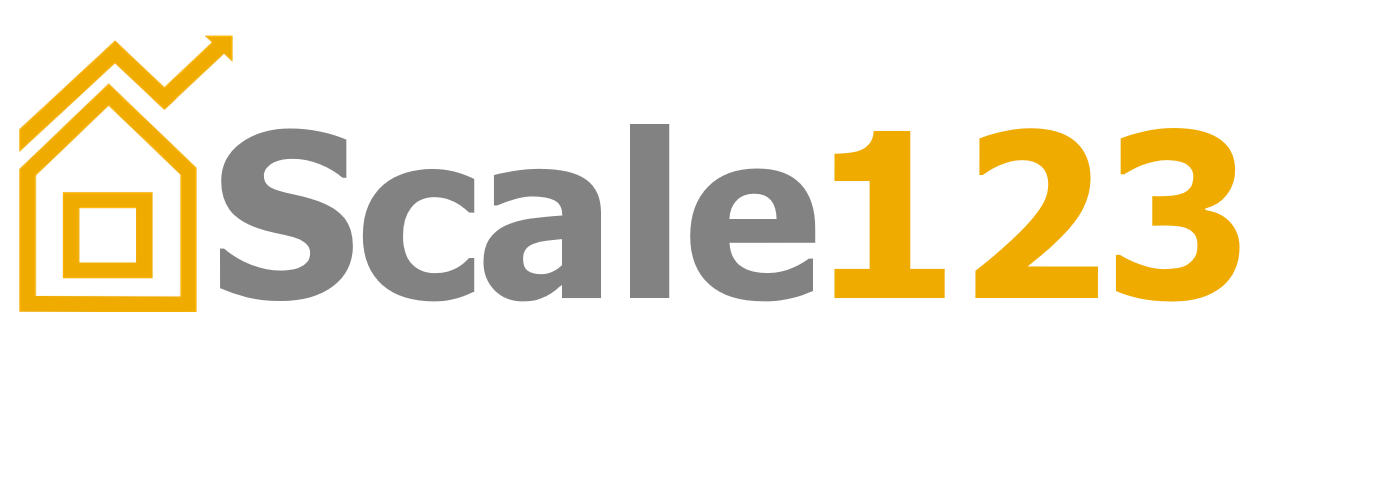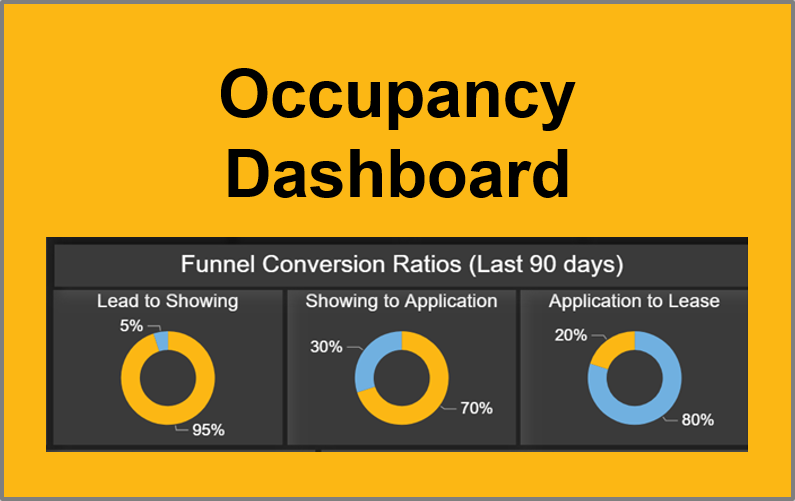This is a story of how a simple question about occupancy turned into changes to processes and changes to an employee reward program. And the creation of this dashboard:

Are you selling a crystal ball?
A multifamily operator contacted me to get for pricing for a custom Power BI dashboard. When I asked which metrics were important to them, they said they wanted a dashboard to track Occupancy.
Targets had been set for each of the properties in the portfolio, and they wanted a simple dashboard that could display the occupancy for any property.
“Do you want to know today’s occupancy, or the occupancy 30 or 60 days from now?” I asked.
“Today’s occupancy. We also want to know how many leases are ending and how many units will be available 30 days out. There’s no simple way to know the actual occupancy further out than that. Although it would be nice to.”
“I can build you a dashboard that shows all of this information. And I can also show you how you can forecast your occupancy 60 or even 90 days out.”
“Are you selling me a crystal ball?”
“No. But I can build you a dashboard that will display your forward-looking occupancy. As long as you have the data.”
What do you ask prospective residents?
I continued, “Let me ask you a few questions to see if I can help you forecast occupancy. Do you enter all the leads that come in into the CRM?”
The client continued, “Not all leads are entered into the system. Most inbound phone calls are entered in the CRM. Web inquiries can easily be entered but we don’t report on them. And email inquiries are simply responded to. We also get inquiries by text.”
“Are you willing to make some process changes? To have your leasing team do things differently? If you are, I believe you can become very proactive about controlling occupancy.”
The client was interested.
Collecting Move-In Date and Unit Type
Let’s fast forward a few months.
The advice they acted upon was this:
All inbound inquiries (email, phone, web form, text) were to be logged into the property management system. The PMS already had the guest card feature, and all staff was incentivized to create a guest card for each inquiry.
Creating the guest card was not enough. The staff had to ask the prospect these two questions and record them in the guest card:
How many bedrooms/baths are you looking for?
What is your desired move-in date?
Training was conducted. A bonus program was announced. All marketing and leasing team members who created guest cards and filled in the move-in date and unit type got extra compensation.
Matching Supply and Demand by Unit Type
After about 30 days, really good data became available.
By looking at the guest cards, we can calculate the demand by unit types.
While most people inquiring about available units were looking to move in within 60 days, there were many prospective tenants that expressed an interest in moving in 3 months, 4 months and even further out.
We can now look at this “demand” data and overlay it to the “supply” data (leases ending, notices to vacate, units turned over etc.). The difference between the supply and demand provides a useful forecast of the occupancy 30, 60 and even 90 days out.
The ultimate dashboard that displays this information is shown below.
You can learn more about this on my post at RentViewer.


